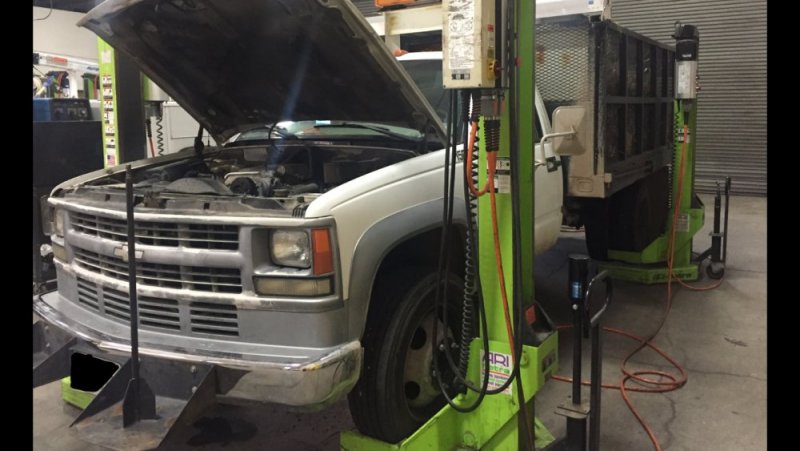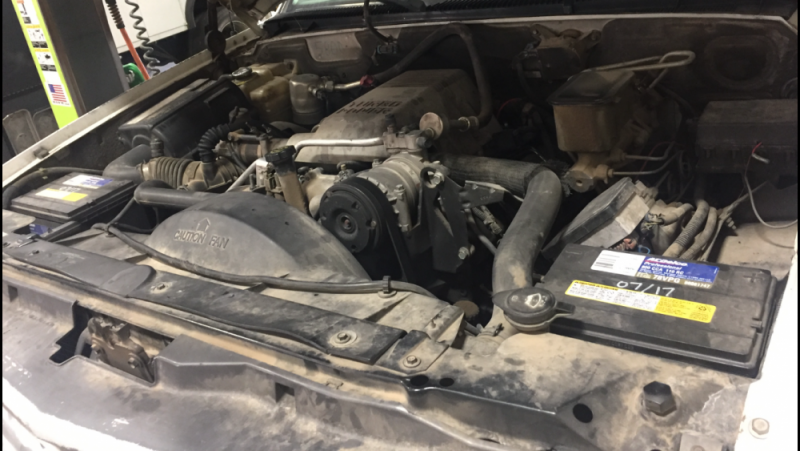Will L.
Well-Known Member
Was in the shop picking up my 03 f150 gasser (what are they doing tto me- did I make someone mad? Haha) when I walked passed this one. Spoke to a mechanic there that used to work on 6.2 hmmwvs in the Army that was also a customer of mine there when I was the Mac tool guy. He is Not a diesel guy, not Chevy guy, and never touched a 6.5 yet. He says “ 6.2 wasn’t bad, just low powered but not bad compared to gas at the time. Why does everyone hate on the 6.5?” Just refreshing to have someone with a fair opinion of the old days.
Thought some of you might want to see a pic of a rig with under 100k and all stock except the bed and the cone racks they bolted to the front bumper.
Imagine no one has ever altered a single wire Or aftermarket part from stock yet...


There is a utility bed one I could get pics of if anyone cares to see.
I have driven the utility bed one, fair weight on it. Amazing how slow it is stock turbo, exhaust, tune, etc. All the others I am used to driving do so much better, I sometimes forget how much the modifications help.
Thought some of you might want to see a pic of a rig with under 100k and all stock except the bed and the cone racks they bolted to the front bumper.
Imagine no one has ever altered a single wire Or aftermarket part from stock yet...


There is a utility bed one I could get pics of if anyone cares to see.
I have driven the utility bed one, fair weight on it. Amazing how slow it is stock turbo, exhaust, tune, etc. All the others I am used to driving do so much better, I sometimes forget how much the modifications help.
